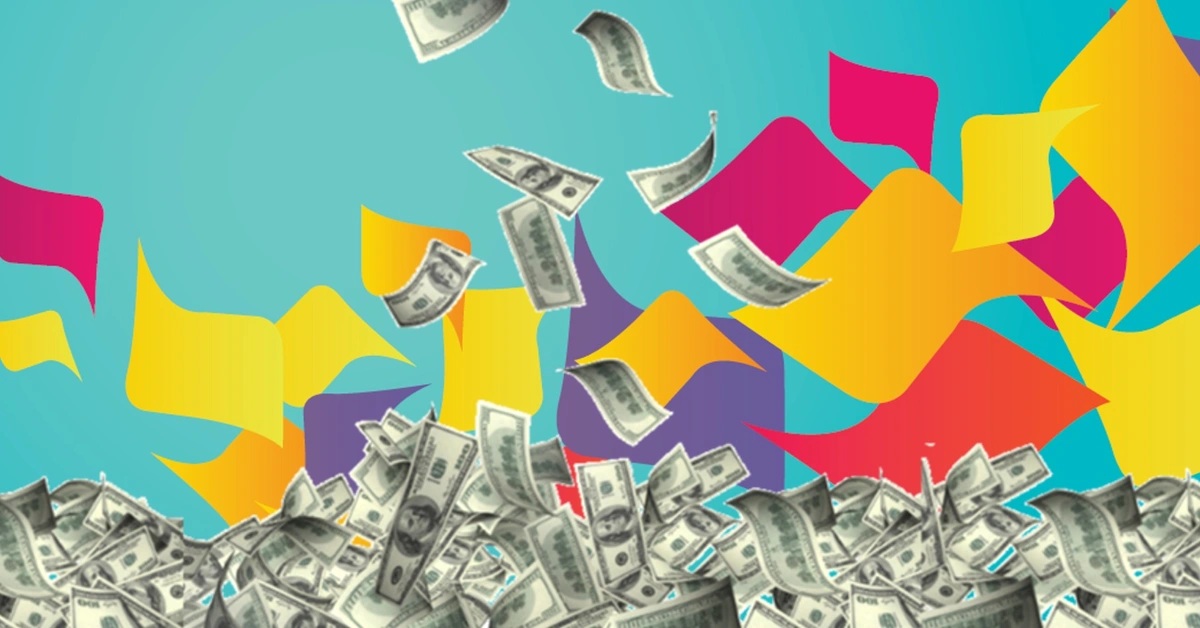Improve Bill Delivery and Minimize Delinquency

Consistent cash flow is the lifeblood of every business. Everything depends on prompt payments to fund payroll, inventory, and overhead expenses. It can be quite a headache when customers delay or miss their payments, and it can happen a lot. According to a study by Pay Near Me, 51% of consumers confessed they paid at least one bill late in the last 12 months.
While some factors may be beyond a company's control, there's a lot you can do to mitigate late payments. Enhanced bill delivery options is one way to address the circumstances that contribute to this problem. By focusing on these aspects, companies can enhance their bill delivery options, making the process easier and more convenient for their customers. This not only benefits the customer but is a strategic move to ensure a healthier cash flow for the organization.
Common Reasons for Late Payments
The Pay Near Me study revealed forgetfulness as the primary contributor to late bill payments. 37% of consumers reported forgetting to pay their bills on time. This can happen due to busy schedules, lack of reminders, or simply overlooking the due dates. Despite the negative impact on additional fees, penalties, and even damage to credit scores, over a third of consumers occasionally forget to pay a bill.
Another reason for late bill payments is the difficulty of the payment process. Approximately 19% of consumers find it challenging to navigate through the payment options provided by companies. This could include complicated online payment systems, confusing billing statements, or a lack of convenient payment methods. A cumbersome bill presentment and payment process can increase the likelihood of late payments.
Overlooking a bill in email is also a common reason for late payments, with 26% of consumers admitting to this mistake. It is easy for customers to overlook an email notification or lose one in a crowded inbox amidst other messages. With increasing reliance on digital communication, bills often get lost or buried in overflowing inboxes. Additionally, some email providers may filter bills into spam or promotional folders, further complicating the bill delivery process. These bill delivery difficulties can trigger missed payments, late fees, and poor customer experiences.
Improved Bill Delivery = Fewer Late Payments
Companies can expand their bill delivery options by offering consumers more choices about how they receive and pay their bills. Options might include paper bills sent through mail, as well as electronic bills, or mobile apps. By providing customers with various options, companies can cater to different preferences and increase the likelihood of timely bill payments.
Most companies offer electronic bill presentment to their customers in the form of the biller direct model. Consumers receive an email notification when their bills are ready for viewing. They log into the biller's customer portal where they can see the bill details, download the document to their computer, or make payments.
Unfortunately, this method is not ideal for all customers. They find it inconvenient to log into a dozen biller portals every month and consider it annoying to deal with the accompanying security processes like forgotten passwords, two-step authorization, and re-verification when they clear browser cookies or change devices. These customers will continue to prefer paper bills and will resist biller efforts to convert them to a paperless alternative.
For decades, companies have attempted to convince customers to give up paper bills by offering incentives. Many promote paperless bills as environmentally correct consumer decisions. Some organizations have even tried forcing customers to abandon paper by penalizing them for the practice. None of these strategies have been successful in converting the remaining group of customers who prefer paper bill delivery via the US Postal Service.
But paper bill delivery doesn't solve the late payment problem, either. 34% of late payments result from overlooking a paper bill.
Another Bill Delivery Option
An optimal solution lies in embracing a consolidated paperless approach offered by companies like Cubby Paperless. Such innovative options can dispatch many hiccups in the traditional bill presentment process and convince customers to switch to paperless delivery. With a centralized place to view the bills and supporting documents, companies can reduce the frequency of late payments.
Cubby Paperless' consolidated bill presentment solution clusters every bill a consumer needs to pay into one convenient digital location. Consumers have all their bills in one place, effectively negating the necessity of juggling countless emails or physical documents. Customers won't have to dig through heaps of stacked mail, nor will they fear losing an e-bill in a cluttered inbox. A single snapshot of all pending bills can help to boost awareness and keep track.
A clearly categorized bill presentment arrangement can simplify the overall payment process. Bills are less likely to be missed because consumers did not see the notification email or misplaced the paper document. The simple process offered by Cubby Paperless can mean fewer bill payment delays. Consumers won't face an overwhelming collection of biller websites to navigate - just a clear, direct route to prompt payments.
Submitting files to Cubby Paperless is easy for billers. Cubby processes the same file used to produce paper or electronic documents to populate customer accounts at Cubby Paperless, which is free for consumers. A simple addition to bill presentment options can encourage holdout paper bill customers to migrate to a paperless solution more to their liking. For more information, see the Cubby Paperless website.
Category: Post
Your Digital Documents: The Risks of Biller-Controlled Archives
What’s Keeping You from Going Paperless?
Next >